Fair wear and tear guide for lease vehicles
At the end of your lease agreement, your vehicle will be returned back to the finance company. Therefore it is important that you ensure that the vehicle is inline with the terms and conditions of the finance company before it gets handed back. When your lease vehicle is returned it will be inspected both inside and out for any signs of damage. If any excess damage is found, you will be liable to pay for it to be repaired and will incur an additional end of lease penalty charge.
We have put together this simple guide to help make returning your lease vehicle easier.
Please note that the information provided is to be used as a guide only. You should refer to the finance company's return guidelines and standards for more accurate information. If you need help with this, please contact our customer services team.
What is fair wear and tear and how is it determined?
Fair wear and tear is a guide that has been produced by the BVRLA - British Vehicle Rental Leasing Association, which defines the industry standard of every aspect of a lease vehicles' condition, upon its return to the finance company.Every time a vehicle is used throughout the duration of a lease agreement and is driven under normal circumstances, it's condition naturally deteriorates. This is known as fair wear and tear. Fair wear and tear should not be confused with damage caused to a vehicle which has been the result a specific event or a series of events, for example, impact due to a crash or bump, harsh treatment or stowing items in the vehicle inappropriately.
The fair wear and tear standard can be broken down into the following categories:
- General appearance, documentation and keys
- Paintwork, vehicle body, bumpers and trim
- Windows and glass
- Tyres and wheels
- Mechanical condition
- Vehicle interior
- Equipment and controls
We will explain more about the fair wear and tear standard categories further down this page.
The fair wear and tear standard rules apply to all customer types whether you are a business or personal customer. However, there are different guides for cars, light commercial vehicles (vans and minibuses) and finally heavy good vehicles that are over 3.5 tonnes.
Preparing your vehicle for its return
If you are nearing the end of your lease agreement, it is a good idea to start to think about preparing your vehicle properly for inspection. It is suggested in the BVRLA's fair wear and tear guide to start return preparations between 10 - 12 weeks before collection. This will allow you to arrange for any damage and/or repairs to be fixed and ensure that you don't have to pay any end of lease penalty charges.Be sure to carry out your own inspection on the vehicle within those recommended 10 - 12 weeks. Here are our tips:
- Make sure the vehicle is clean inside and out - having a clean vehicle will make it easier when looking for damage to the paintwork and upholstery.
- Inspect in natural daylight - when inspecting, make sure it is parked in a position that is in good natural daylight and avoid trees and shadows. Natural daylight will make it easier to spot dents and scratches.
- Inspect the vehicle when it is dry - inspecting a vehicle when it is wet will make it much harder to spot any dents or scratches on the bodywork and paint. Always makes sure the vehicle is thoroughly dried before the inspection if it has been raining.
- Be objective and as honest as possible - be as objective and honest as you can when inspecting the vehicle. If you need a second opinion why not ask a family member or friend to help you.
Tips for your own inspection
| Walk around the whole of your vehicle and check all panels carefully for any unacceptable damage. This includes the body, doors and bonnet. Remember to check the roof for damage as well. | |
| Check the bodywork and paintwork for any scratches and dents that may be difficult to spot. The best way to do this is to crouch in front and at the rear of the vehicle and look down each side. | |
| Look for any chips, cracks and holes in all mirrors, lamps and windows. | |
| Inspect your tyres, this also includes the spare tyre if you have one. Look out for damage to the wheels like scuffs or scratches caused by kerbing. Also check the tread on all tyres for even wear. | |
| Insure you clean and valet the interior of the vehicle and check for any damage to the upholstered areas. This includes wear, tears, burns, stains and odours. | |
| Finally check that all of the controls inside the vehicle are present and in fully working order. This includes audio equipment and accessories. |
Key documents and items
You will also need to make sure that you have got the following items ready for the return of your lease vehicle:- Service book - this must show the service history of the vehicle and be date-stamped by an authorised repairer.
- Vehicle manual - the manual along with any other form of documentation must be returned.
- MOT certificate - this is only required if applicable to your lease terms.
- V5C registration certificate - this is only required if applicable to your lease terms.
- Full set of keys - all keys, including masters and spares, must be returned at the end of your lease agreement.
A brief summary of the fair wear and tear standards

Overall appearance, documentation and keys
MOT and servicing should meet the servicing standards of the manufacturer. The service book must show the service or MOT and be date stamped by an authorised dealership. A full set of keys and documents such as the manual must be returned.

Vehicle body, paint work
Light scratches up to 25mm, which are relative to the vehicle's age and dents that measure up to 10mm and where the paint isn't broken are acceptable. Rust or corrosion on any part of the painted body of the vehicle, stone chips or scratches that are over 25mm and have the bare metal or primer exposed, impact damage and multiple dents on a single panel of the body of the vehicle are classed as unacceptable.
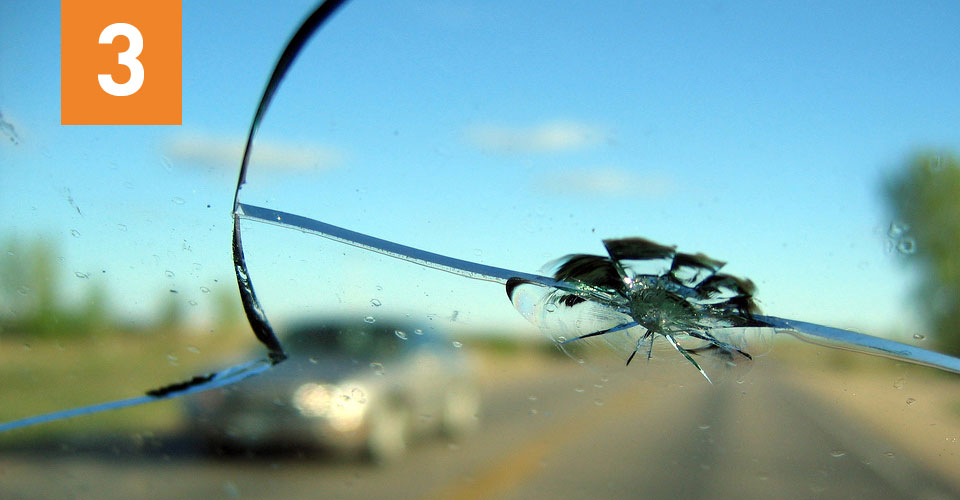
Windscreen
Light or small scratches outside of the drivers eye sight are acceptable. Cracks in the glass as well as chips and holes and scratches that are in direct line of the drivers sight are unacceptable.

Bumpers
Deep scuffs are classed as unacceptable on a bumper if they are dented, have paint broken or is cracked. Small scuffs are acceptable if no paintwork is damaged.
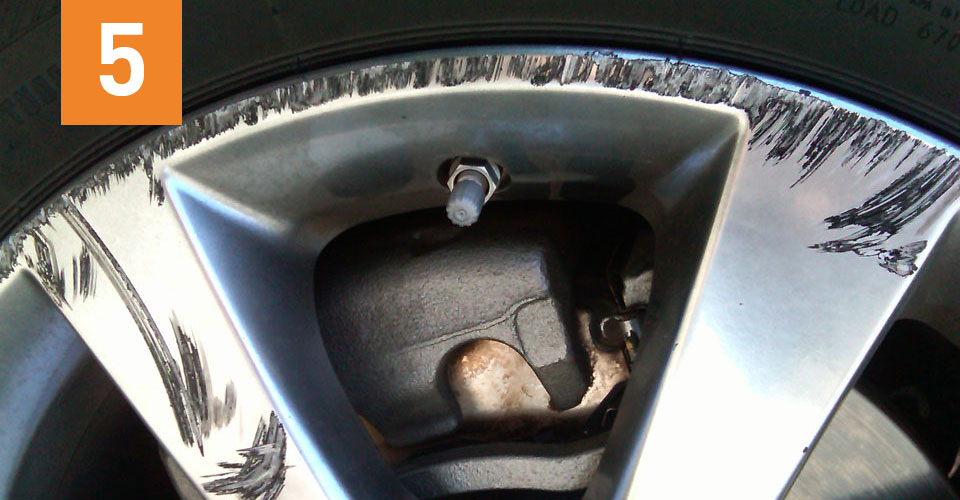
Wheels
Wheels must meet the minimum legal requirements. Acceptable damage to wheels such as minor scuffs measuring up to 25mm in length. Damage to side walls, damage to wheel surface or scoring and uneven tread wear is classed as unacceptable.
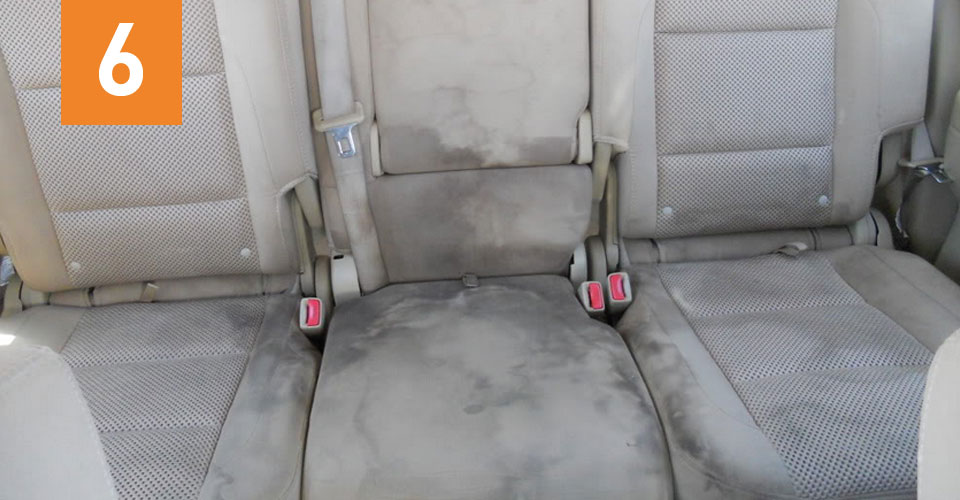
Interior upholstery
The interior or the vehicle should be clean and tidy and have minimal wear and possible soiling caused by normal use. Burns, tears and permanent staining to the upholstery is classed as unacceptable as well as damage that has been caused by fitting equipment.
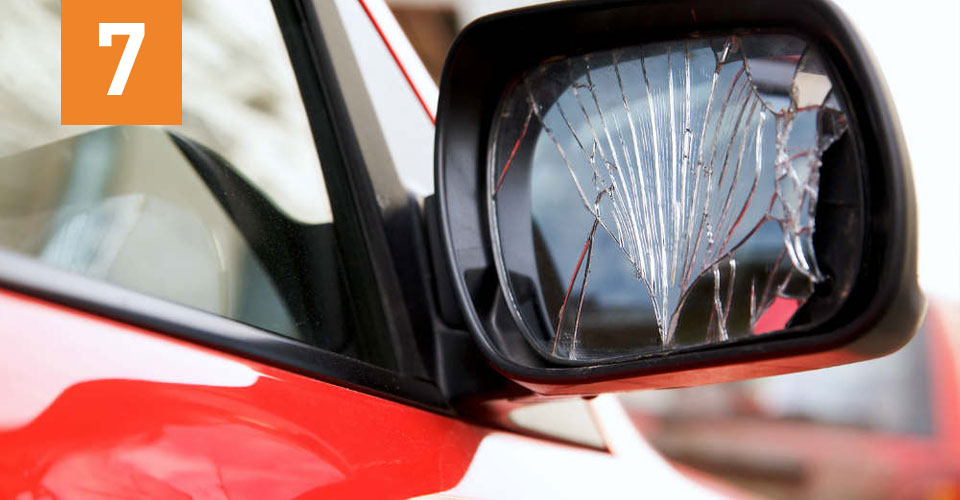
Wing mirrors
Damage such as minor scuffs where there is no paintwork damage is classed as acceptable. Unacceptable damage is where there are missing, damaged or cracked wing mirrors.
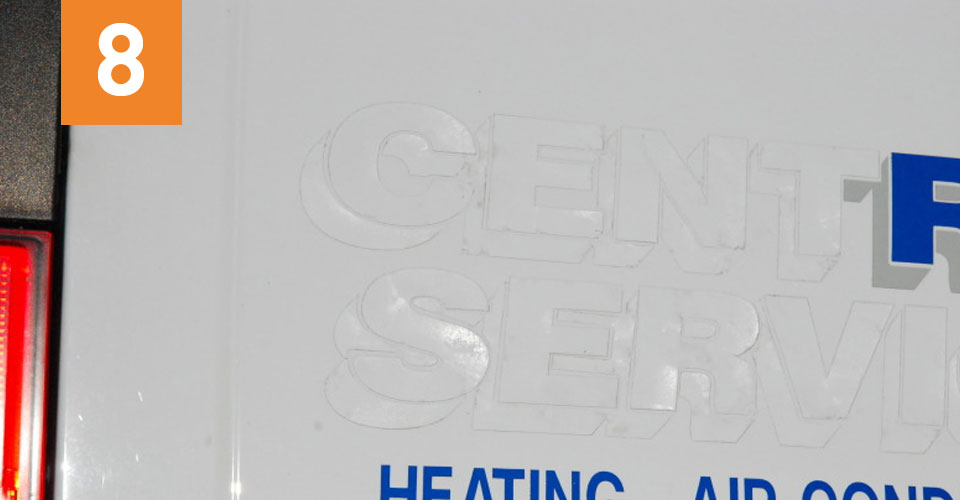
Decals
All decals must be removed from the vehicle as well as any glue residue before the vehicle is handed back. It is unacceptable to have any damage on the vehicle that has been caused by the removal of the decals.

